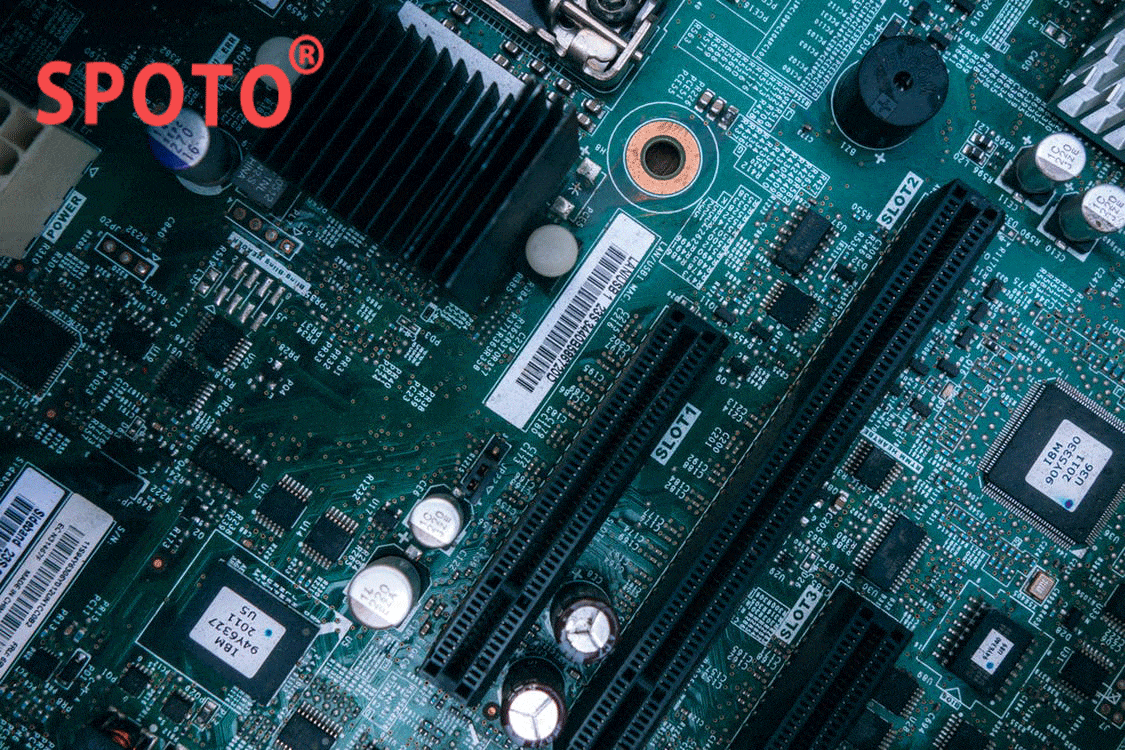SPOTO focus on IT certification training for 16 years. Over 16 years, SPOTO helped tens of thousands of candidates achieve their Cisco CCNA, CCNP, CCIE, CISSP certification. Subscribe us and get more news.
There are many places worth learning in Ethernet switches. Here we mainly introduce the system development of Ethernet switches. At present, more and more manufacturers are entering the Ethernet market, and new brands and new products are constantly emerging. It seems that there has been a trend of homogenization competition. However, it is worth mentioning that while the number of Ethernet switches is expanding, the quality requirements are also increasing. Just satisfying the simple connection and data transfer functions, obviously cannot adapt to future needs.
Cisco believes that in the real market, the development of switch products is progressing in the three major directions of speed, intelligent application, and coverage, whether it is for high-end modular chassis switches or fixed ports for low-end and mid-range. The switch is in line with this development trend.
Speed is a major indicator of network performance. From 100M/Gigabit to Gigabit/Gigabit, it is an important milestone in the 30-year history of Ethernet. The arrival of the 10G network era will bring people a completely unimaginable new experience. At present, the demand for bandwidth is rapidly increasing, such as the massive data transmission channel necessary for the rapidly developing storage network; the metropolitan area network with a large number of hundreds of megabytes of bandwidth; the bandwidth support required for the continuous enrichment of broadband applications; and the data of large financial institutions. Concentration; complex application extensions such as enterprise core business, ERP, CRM. Today, the mainstream structure of Gigabit backbone and 100-megabit access will gradually transition to a 10 Gigabit backbone and Gigabit access architecture. Cisco's next-generation switch products, the Catalyst 6500 and 3750 series, represent the next-generation 10 Gigabit/Gigabit switches.
Based on years of practical experience and development trends in network construction, Cisco believes that the current switch application technology will become another development direction after the implementation and security exchange of QoS. The intelligent voice service of the Ethernet switch can integrate data and voice transmission, and the customer only needs to maintain a unified network system, which greatly saves network management costs. The voice service on the Ethernet not only guarantees excellent call quality but also has rich value-added application development. In addition, as some switches begin to connect directly to the WAN, more and more switches have some routing capabilities. Considering the large-scale application of the next-generation Internet Protocol IPv6 in the future, Cisco's next-generation switch also has hardware support for IPv6.
Ethernet is expanding its coverage, moving in the direction of wireless and long distance. Cisco provides users with a complete wireless network solution that positions the wireless network in the application of the group's users, facilitating the customer's office and use. Based on the wired network system, Cisco has established a wireless network to complement the wired and wireless technologies, so that the two can form a good integration and unification. In addition, the Cisco Long Distance Ethernet solution extends Ethernet over distance. This technology is Ethernet on the telephone line. The VDSL signal is transmitted at the physical layer and the Ethernet signal is transmitted at the second layer. It can extend the transmission distance from the original 100 meters to the maximum distance of 5 kilometers, which is especially suitable for the metro area, and the speed remains unchanged, any cable can be supported, which greatly facilitates the application.
System development
From an architecture perspective, Ethernet switches can be divided into fixed port switches and modular chassis switches. The switch port of the fixed port switch is basically fixed with the switch, and each switch port of the module chassis switch is plug-in type and modular and can be increased or decreased as needed. Usually, the former is mainly used for low-end and medium-end applications of the network, and the latter is mainly used for medium and high-end applications. The products of these two systems will develop in three directions: speed, smart application, and coverage.
Fixed-port switches can be expanded in a stacking manner to increase the overall speed of the network, but such stacks should not be physically connected. Cisco's next-generation stackable switch, the Catalyst 3750, introduces an innovative technology stack (StackWise) that provides an innovative stacking architecture that provides a 32Gbps stacking interconnect that stacks up to nine switches and enables them to Physical stacking to all-around unification of logical data flow management and planning. This holistic, device-optimized device allows customers to more confidently deploy voice, video and data applications.
The most important development trend of chassis modular switches, which are mostly used in network cores, is 10 Gigabit. The key to this product is the increasingly powerful components in the chassis. Thanks to a more flexible modular structure, it offers a wide range of functional modules in addition to the basic connections. Cisco's next-generation Catalyst 6500 switch, the most notable is its superior 10 Gigabit switching performance.
It is equipped with a powerful switching engine and built-in switching matrix, and implements high-performance embedded network management functions, hardware support for intelligent services such as MPLS and IPv6 with hardware acceleration, and achieves the performance of up to 400 Mbps through distributed forwarding technology. Cisco has also developed a number of new functional modules based on the original Catalyst 6500. These modules are compatible with all existing Catalyst 6500 interfaces and service modules, providing users with a cost-effective way to migrate to 10 Gigabit Ethernet. The wheels of technological advancement are still rolling forward, and breakthroughs in speed, smart applications and coverage have made Ethernet switches take a new step.

 Join Telegram Study Group ▷
Join Telegram Study Group ▷














